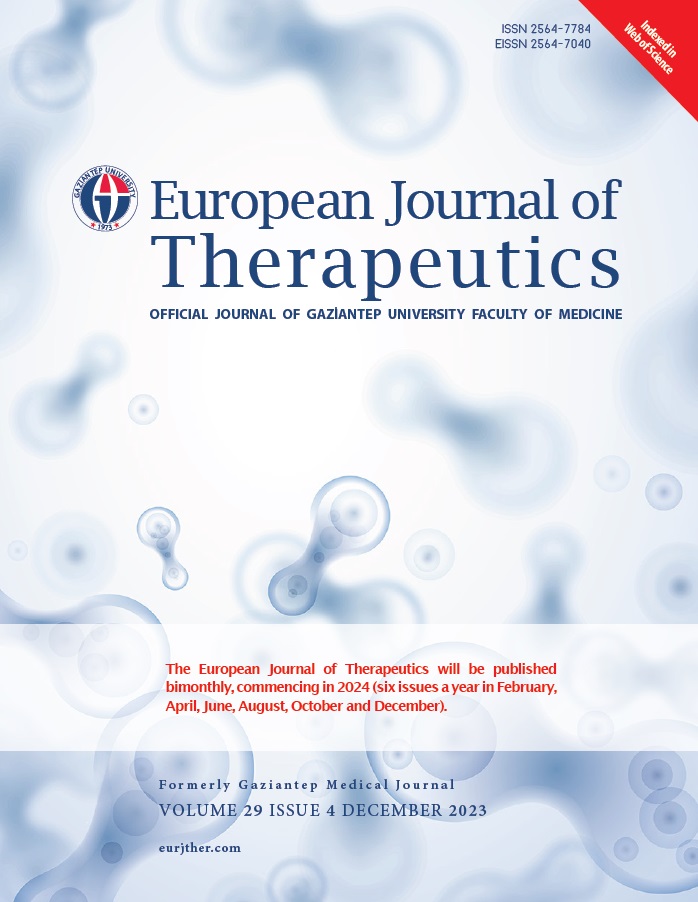Zero Draft: A First Step in Research Writing
DOI:
https://doi.org/10.58600/eurjther1815Keywords:
Academic Article Writing, Research, PublicationAbstract
The zero draft, often termed as the preliminary, unpolished version of a research paper, holds a pivotal role in the research process. Despite its initial status, this early draft offers myriad benefits to researchers. One crucial advantage is its ability to enhance clarity of thought. It compels authors to critically evaluate their research question, objectives, and methodologies, ensuring focused and purposeful work [1]. Additionally, it aids in identifying gaps in the research, shedding light on areas requiring further development or exploration.
Furthermore, crafting a zero draft promotes efficiency in time management, providing authors with a clear blueprint for judicious resource allocation. Overcoming writer's block is another advantage, as this initial draft breaks down the task into manageable segments, facilitating the writing process. Moreover, a well-crafted zero draft can serve as a robust foundation for potential publication in academic journals or conferences [1].
To create an effective zero draft, researchers should follow a methodical approach. This involves defining the research question, establishing a comprehensive outline, presenting data or findings succinctly, providing detailed descriptions of research methods, summarising pertinent literature, highlighting contributions to the field, offering a preliminary analysis of discoveries, proposing potential avenues for future research, and ensuring accurate citation of all sources while actively seeking feedback from peers [2].
In conclusion, the zero draft, though initially raw, plays a pivotal role in the research process. It fosters clarity of thought, aids in identifying research gaps, promotes collaboration, streamlines time management, assists in overcoming writer's block, and lays the groundwork for potential publication. By adhering to a systematic approach, researchers can fully harness the potential of their zero drafts to advance their research endeavors effectively.
Metrics
References
Wolcott HF. (2008) Writing up qualitative research, 3rd edn. Sage publications. 2008.
Busetto L, Wick W, Gumbinger C (2020) How to use and assess qualitative research methods. Neurol Res Pract. 2(1):14. https://doi.org/10.1186/s42466-020-00059-z
Downloads
Published
How to Cite
License
Copyright (c) 2023 European Journal of Therapeutics

This work is licensed under a Creative Commons Attribution-NonCommercial 4.0 International License.
The content of this journal is licensed under a Creative Commons Attribution-NonCommercial 4.0 International License.


















